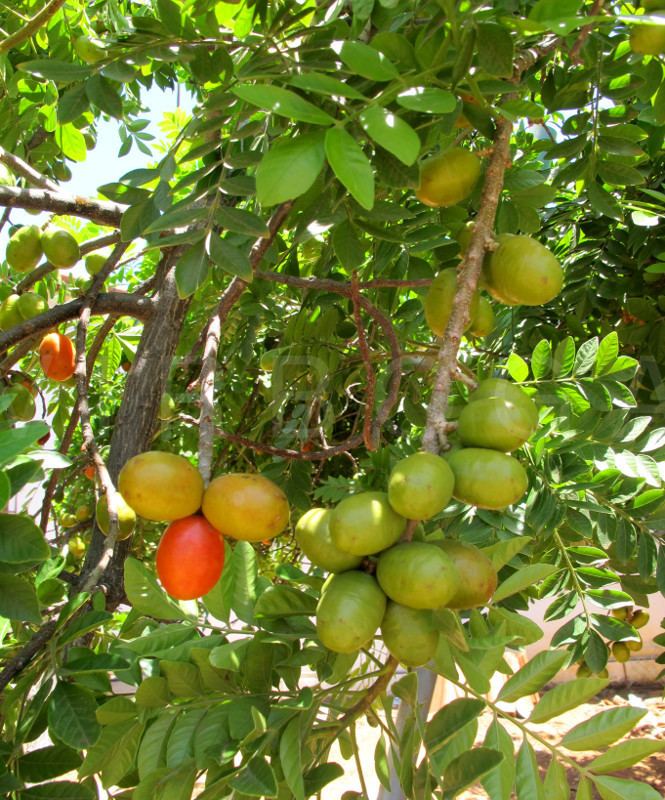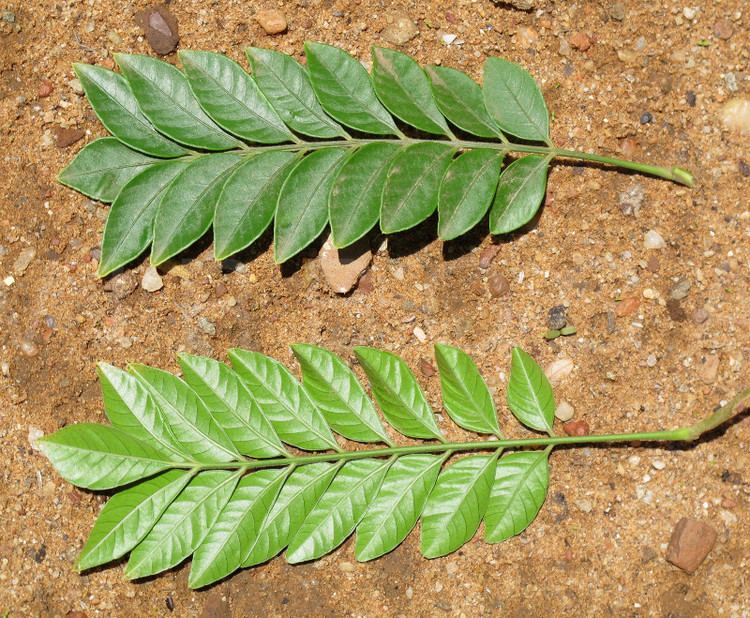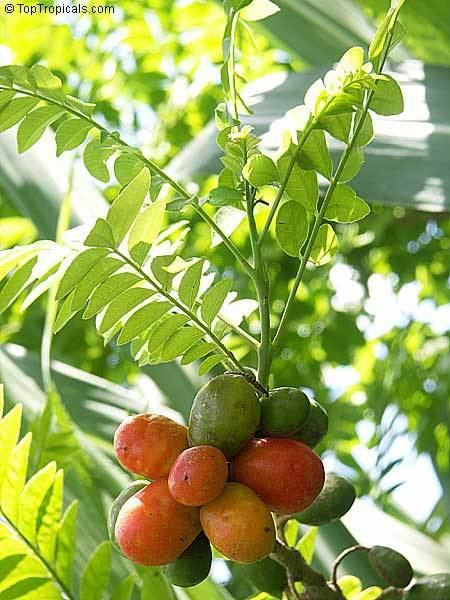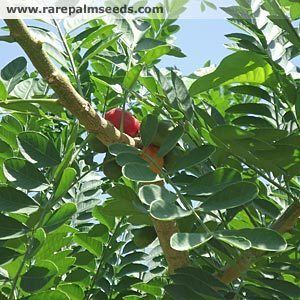Rank Species | Higher classification Spondias | |
 | ||
Similar Spondias, Spondias mombin, Spondias tuberosa, Ambarella, Talisia esculenta | ||
How do seedlings root spread and propagation great hog plum tree spondias purpurea
Spondias purpurea is a species in flowering plant in the cashew family, Anacardiaceae, that is native to tropical regions of the Americas. It is most commonly known as jocote, which derives from the Nahuatl word xocotl, meaning any kind of sour or acidic fruit. However, this fruit can be particularly sweet when it ripens long enough. Other common names include red mombin, purple mombin, hog plum, ciruela huesito (Venezuela), ciriguela, cirigüela, cirguela, and jobito (Ecuador).
Contents
- How do seedlings root spread and propagation great hog plum tree spondias purpurea
- Spondias purpurea hog plum or jocote
- Description
- Cultural significance
- References

Spondias purpurea hog plum or jocote
Description

Jocote is a small to medium-sized tree up to 7 m (23 ft) tall. The leaves are deciduous in the short dry season, and only fall shortly before the new leaves develop; they are pinnate, with 7-23 leaflets, each leaflet 3–5 cm long and 1.5–2 cm broad. The flowers are small, reddish-purple, produced in large panicles. The fruit is an edible oval drupe, 3–5 cm long and 2-3.5 cm broad, ripening red (occasionally yellow) and containing a single large seed. The sap and fruit contain urushiol, an oil that causes an allergic rash upon contact with skin.

It is now widely cultivated in tropical regions throughout the world for its edible fruit, and is also naturalised in some areas, including the Philippines and Nigeria. Numerous cultivars have been selected for fruit quality. It is also abundant in Jamaica and Central America. In Florida growth is relegated to near-tropical areas of the state, and the tree is killed or greatly harmed by cold winter temperatures from Palm Beach County northward.

In Ecuador it is propagated by planting trunks. Seedlings are green when not ripe but enjoyed by locals by adding sea salt.The ripe fruit is red and is very sweet to the taste.

The fruits are often eaten ripe, with or without the skin. It is sometimes eaten unripe with salt and vinegar or lime juice, commonly sold in the streets in most Central American countries in plastics bags; also available are red hot pepper sauce and "alhuaishte" (very fine ground toasted pumpkin seeds).

In Haiti, it is known under the name of 'siwèl' and spread throughout the mountainous areas of the country, mostly in the northern and southern mountain ranges.
One typical dish in Salvadoran cuisine consists of a syrup made of panela (a molasses made from artisan sugar blocks made by boiling cane juice from a molienda [cane crushing station traditionally ran by oxen or currently with portable gas engines], to evaporate water until it achieves thick molasses consistency, then poured into wood molds and let it cool down. Once solidified later are wrapped in dry corn husk leaves called "tuzas" and sold in the markets], jocote and mango. This can be found only during the harvest season for these fruits starting around Semana Santa (Easter) to the end of August.
The single large seed, which takes up most of the fruit, is not eaten
.
In Panama and Coastal Ecuador, the tree is used throughout the countryside as a living fence.
Cultural significance
The "Pacto del Jocote", peace treaty was signed in Costa Rica on April 11, 1842 under a jocote tree in Alajuela between Francisco Morazán and Vicente Villaseñor overturning the government of Braulio Carrillo.
